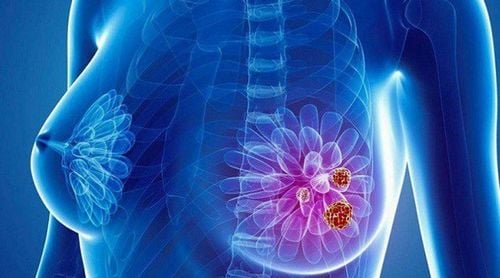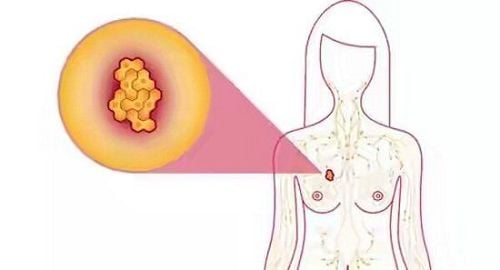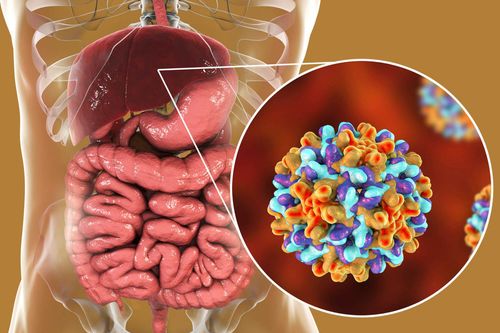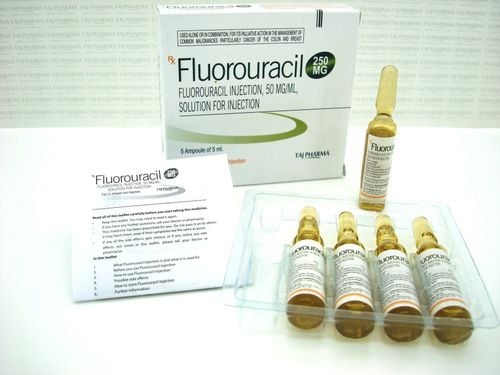This is an automatically translated article.
The article was written by Specialist Doctor I Nguyen Thi Minh Thuyen - Pathologist, Pathology Department - Vinmec Danang International General Hospital.Although it is a dangerous malignancy, if you know how to prevent it, each person can still reduce the risk of breast cancer for themselves and their loved ones.
1. How to reduce the risk of breast cancer?
If your doctor has evaluated your family history and determined that you have risk factors, such as precancerous conditions, that increase your risk of breast cancer, you can discuss options to Risk reduction drugs, such as:
Preventive drugs (chemotherapy): Drugs that block estrogen, such as selective estrogen receptor modulators and aromatase inhibitors, reduce the risk of breast cancer in women with high risk. These drugs have side effects, so doctors reserve these drugs for women who are at very high risk for breast cancer. Discuss the benefits and risks with your doctor. Prophylactic surgery: Women at very high risk for breast cancer may choose to have a healthy mastectomy (prophylactic mastectomy). They may also choose to have their healthy ovaries removed (prophylactic oophorectomy) to reduce their risk of both breast and ovarian cancer.
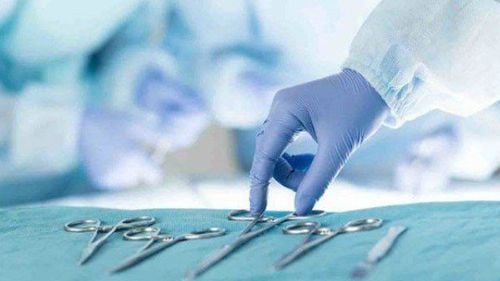
2. Breast cancer diagnosis
2.1 Diagnosing Breast Cancer Tests and procedures used to diagnose breast cancer include:
Breast exam: Your doctor will examine both your breast and the lymph nodes in your armpits for any no tumor or other abnormality Mammogram: A mammogram, a mammogram is often used to screen for breast cancer. If an abnormality is found on a mammogram, your doctor may recommend a diagnosis to further evaluate the abnormality. Breast ultrasound: An ultrasound uses sound waves to create images of structures located deep inside the body. Ultrasound can be used to determine whether a new breast lump is a solid mass or a fluid-filled cyst. Taking a sample of breast cells or tissue for testing (cytology and histopathology): A way to confirm the diagnosis of breast cancer. The doctor uses a specialized needle device guided by X-rays or other imaging tests (ultrasound, breast MRI) to remove cells or tissue cores from the suspected area. Usually, a small metal marker is left in place inside the breast so that the lesion can be easily identified in subsequent imaging tests. Samples of cells and tissue cores are sent to a laboratory for analysis, where specialists determine whether the cells are cancerous. Biopsy samples are also analyzed to determine the type of cells involved in breast cancer, the extent of invasion (grade) of the cancer, and whether the cancer cells have hormone receptors or other receptors that may be present. affect your treatment options.
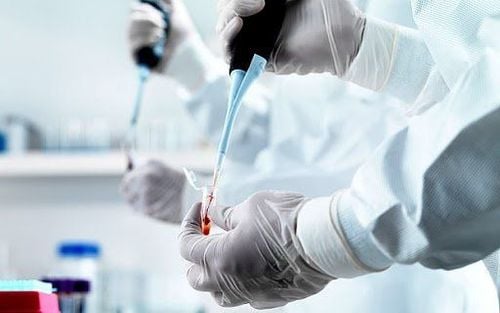
Breast magnetic resonance imaging (MRI): An MRI machine uses a magnet and radio waves to create pictures of the inside of your breast. Before a breast MRI scan, you are given an injection of dye. Unlike other types of imaging tests, an MRI does not use radiation to create images. Other tests and procedures may be used depending on your situation.
Trắc nghiệm: Những lầm tưởng và sự thật về ung thư vú
Ung thư vú có tỷ lệ tử vong cao nhất ở nữ giới khiến họ rất lo sợ bản thân mắc phải căn bệnh này. Tuy nhiên, không ít chị em có những hiểu biết thái quá về ung thư vú. Thử sức cùng bài trắc nghiệm sau sẽ giúp bạn loại bỏ được những nghi ngờ không đúng về căn bệnh này.
Bài dịch từ: webmd.com
3 . Breast cancer stage
Once breast cancer has been diagnosed, the doctor will establish the extent (stage) of the cancer. Cancer staging helps determine the prognosis and the best treatment options.
Complete breast cancer stage information may not be available until you have undergone breast cancer surgery. Tests and procedures used to stage breast cancer may include:
Blood tests, such as complete blood count Mammography of the contralateral breast for signs of cancer breast MRI Bone Computed tomography (CT) Positron emission tomography (PET) Not all women will need all of these tests and procedures. Your doctor will choose the appropriate tests based on your specific circumstances and new symptoms you may be experiencing.
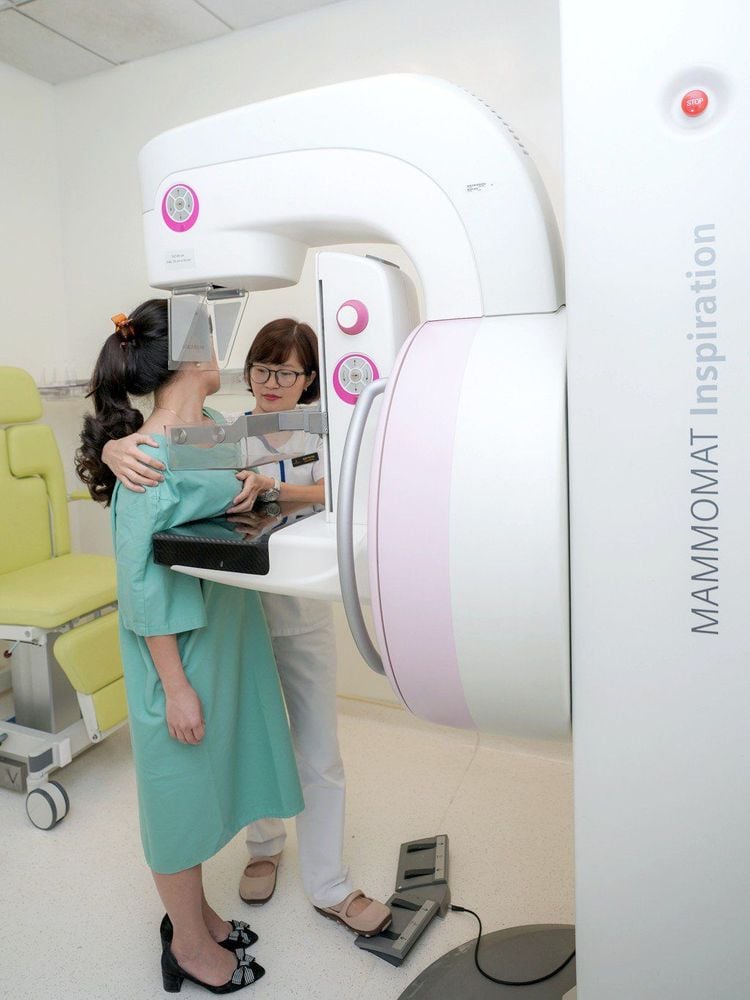
Breast cancer stages are graded from 0 to IV, with stage 0 indicating that the cancer is not invasive or confined to the ducts. Stage IV breast cancer, also known as metastatic breast cancer, shows that the cancer has spread to other areas of the body.
Breast cancer staging also takes into account the extent of the cancer (histological grade); markers, such as estrogen, progesterone and HER2 receptors; and growth factors.
At Vinmec International General Hospital, there is a Breast Cancer Screening Package to help detect breast cancer early even when there are no symptoms.
Breast cancer screening package at Vinmec for the following subjects:
Female customers, over 40 years old. Customers wishing to be able to screen for breast cancer Customers are at high risk of cancer – especially customers with a family history of breast cancer. Women of reproductive age, perimenopause and menopause. Women who are having symptoms of breast cancer, such as: pain in the breast, lump in the breast, etc. To register for examination and treatment at Vinmec International General Hospital, you can contact the Health System. Vinmec nationwide, or register online HERE.
Articles referenced source: American Cancer Society





